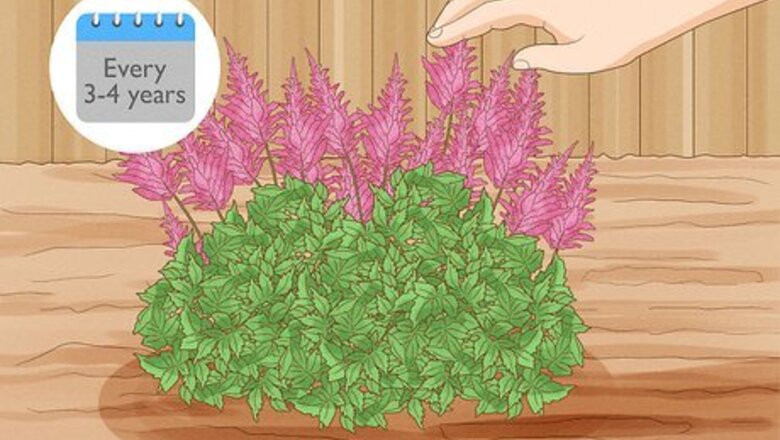
views
Timing the Astilbe Divisions
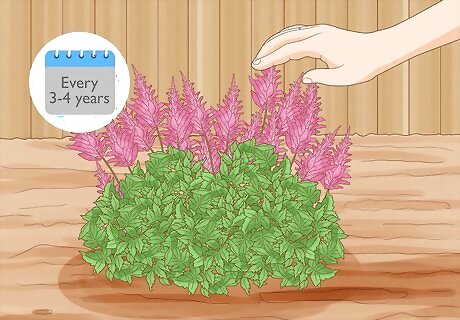
Check every 3 to 4 years. Astilbe does not need to be divided every year. Plan to divide your astilbe about once every 3 to 4 years or when you notice that it has started to clump up. This will help to keep the astilbe healthy and looking its best.

Plan to divide in the spring. Cooler temperatures are best for dividing astilbe, so plan your divisions for the spring. Dividing the plants in the summer or when the weather is too warm can be a shock to your plants and may even kill them. You may also divide the astilbe in the fall as long as the temperatures are cool.
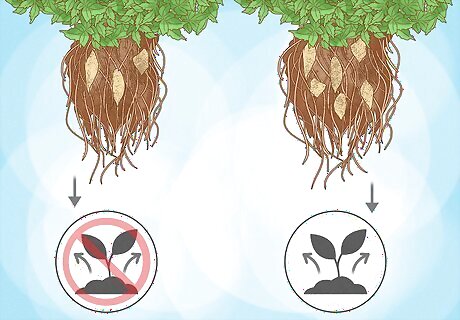
Wait until you can get several clumps from the astilbe. It is not worth dividing your astilbe if you will only get a few clumps. Instead, wait until you can get several clumps from each plant. Check the plants to see how many clumps of stems are near the base of the plant. For example, if there are only 2 or 3 clumps per plant, then it's too soon to divide. If there are 5 or more clumps, then now is a good time to divide.
Digging Up the Astilbe
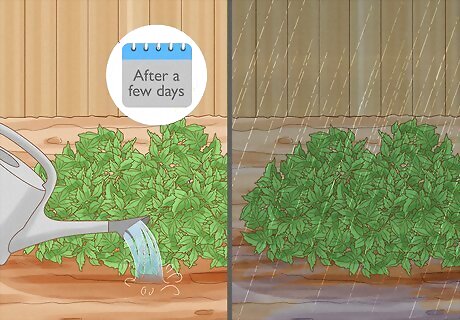
Water the astilbe a couple of days before dividing. Watering helps to soften the soil. It will be much easier to divide the astilbe if the soil is moist and softened up a bit. Make sure that you water your plants at couple of days before dividing them to ensure that the soil is moist. Another option is to plan to divide the astilbe a couple of days after it rains.

Insert a spade or garden fork deep into the soil under the roots. You do not want to cut into the roots, because this can harm the plant. Instead, dig down underneath the roots to protect them. If you are unsure how deep the roots go, then dig alongside the plant until you find the base of the roots and then dig under them.

Dig a trench around the root ball. Once you have gotten to the bottom of the root ball, use a spade to dig out the soil from around the root ball. This will help to loosen the plant and make it easier for you to pull it out of the ground without damaging it. Be careful not to harm the root ball as you do this.
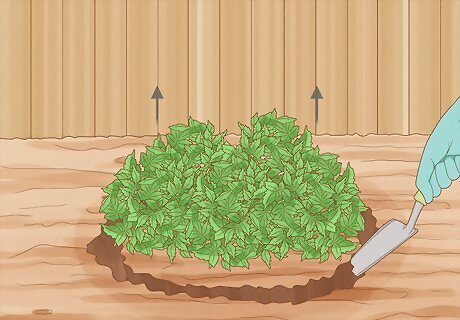
Pull the plant out with the root ball intact. Grasp the astilbe near the base of the stems and pull it out of the ground after you have loosened it from the surrounding soil. If there is any resistance, use your spade or fork to loosen the dirt some more. Do not yank on the astilbe, as this may damage it.
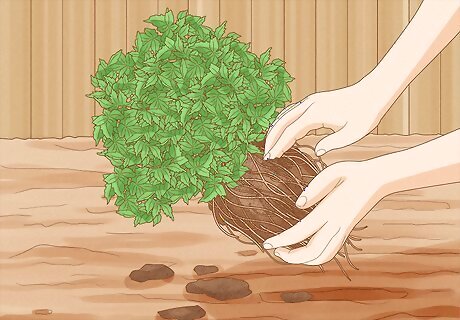
Shake off the excess dirt. Give the plant a good shake as you pull it out to remove the excess dirt from the root ball. You may also need to tap or scrape it with your fingers, but be gentle. Repeat this process for each of the astilbe plants you want to divide.
Separating and Replanting the Crowns
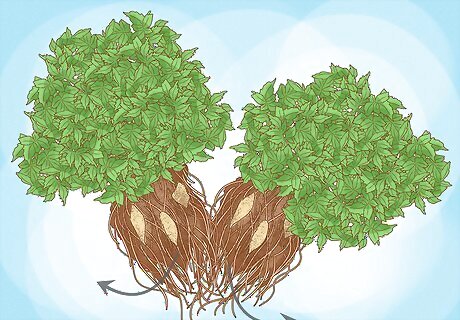
Use your fingers or a pair of garden shears to separate the crowns. Once you have removed all of the astilbe plants you want to divide, use your fingers or a pair of gardening shears to break apart the crowns. The bases of the astilbe are the crowns, and these are what you need to separate. Each crown should only have a few stems extending from it. If there is still too much dirt near the base to make out the individual crowns, then rinse away the dirt with some cool water.
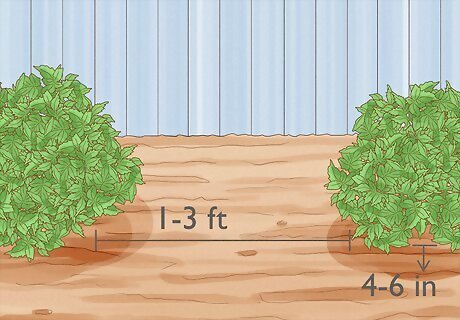
Replant the divisions as soon as possible. It is important to get the crowns back into the ground or a pot of soil as soon as possible. After you have made the divisions, replant the astilbe in a garden bed or pot of soil with the plants 1 to 3 feet (0.30 to 0.91 m) apart. Place the root ball 4 to 6 inches (10 to 15 cm) deep into the soil so that it is completely covered, and then press the soil around the base of the plant. Make sure to locate the plants in light to moderate shade. Astilbe does not do well in full sun—too much sun will cause its leaves to burn. Avoid areas with poor drainage. Astilbe plants need moisture, but too much will cause them to rot.
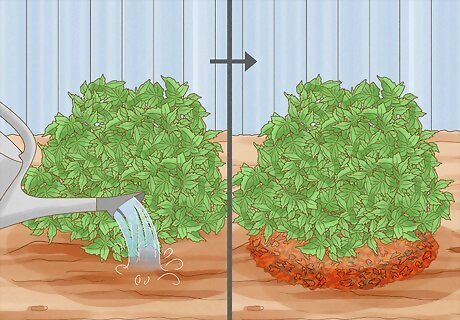
Water and add mulch to the soil around the plant to keep it moist. Water the astilbe after replanting them to ensure that the soil is moist. It is important to keep the plants consistently moist after replanting them, so apply a layer of mulch over the soil as well. This will help to keep the moisture in the soil.














Comments
0 comment